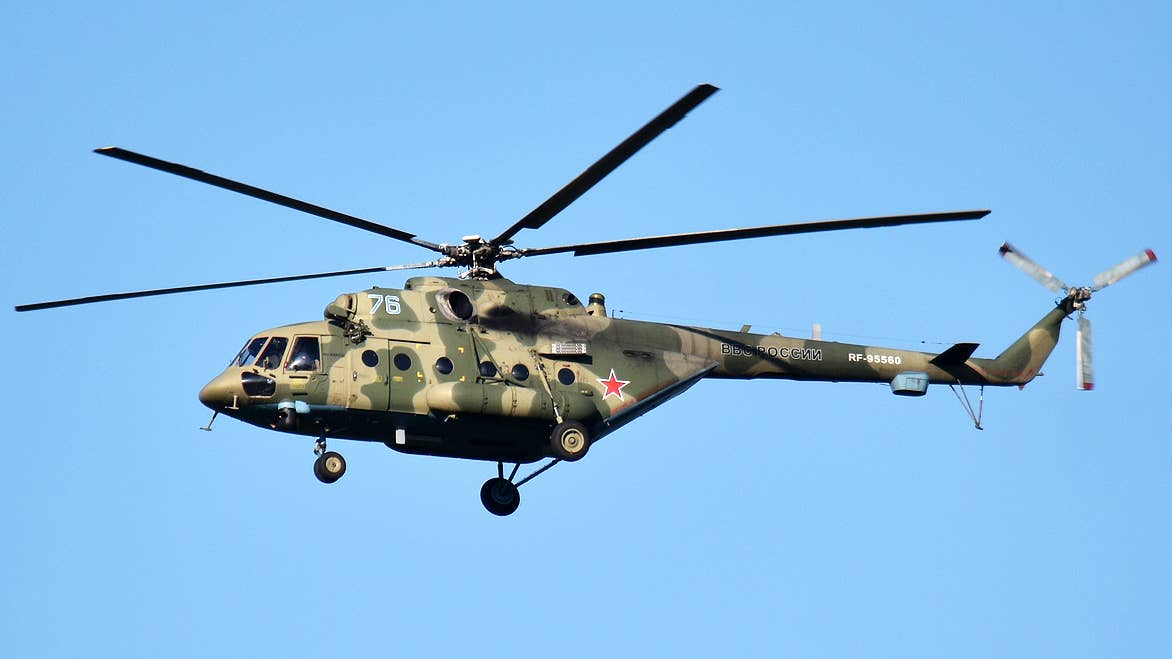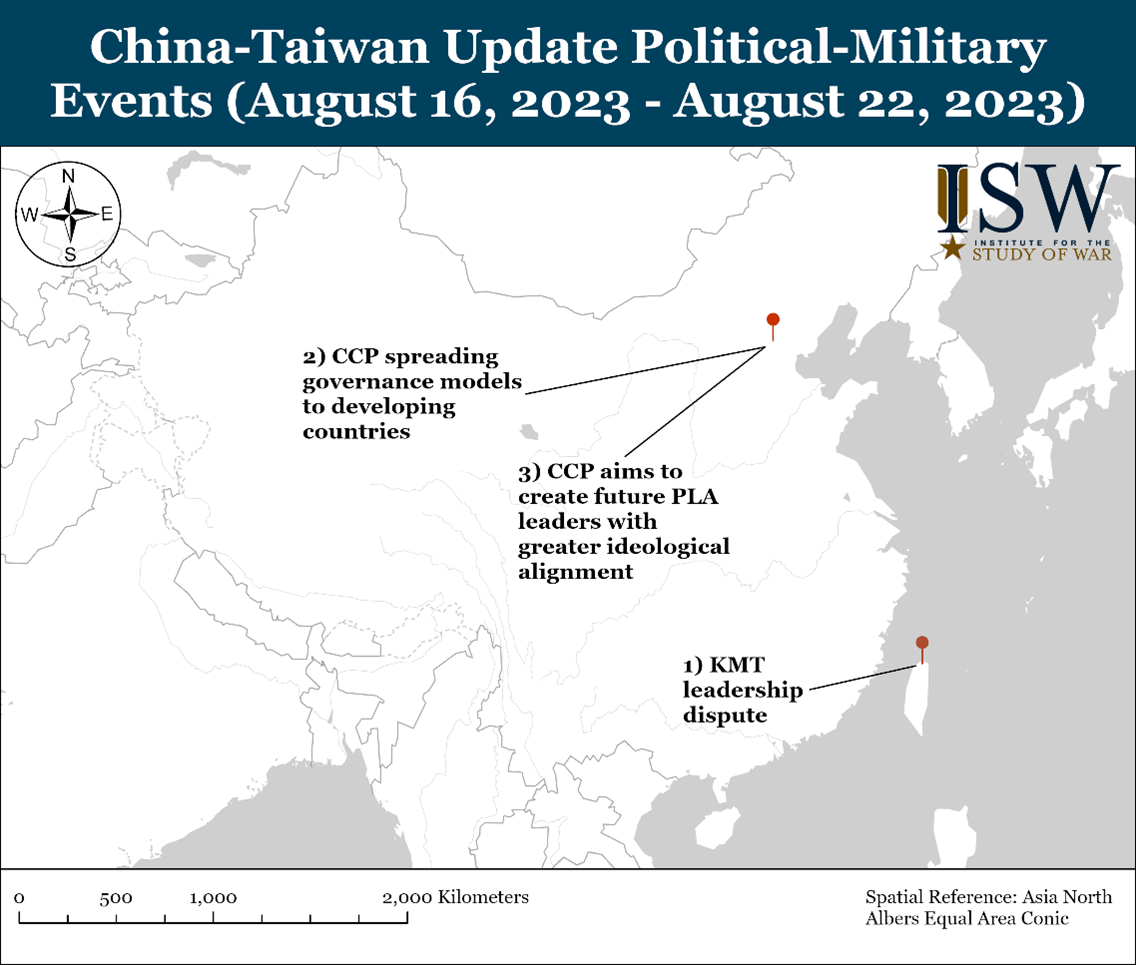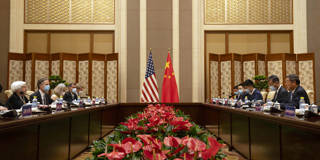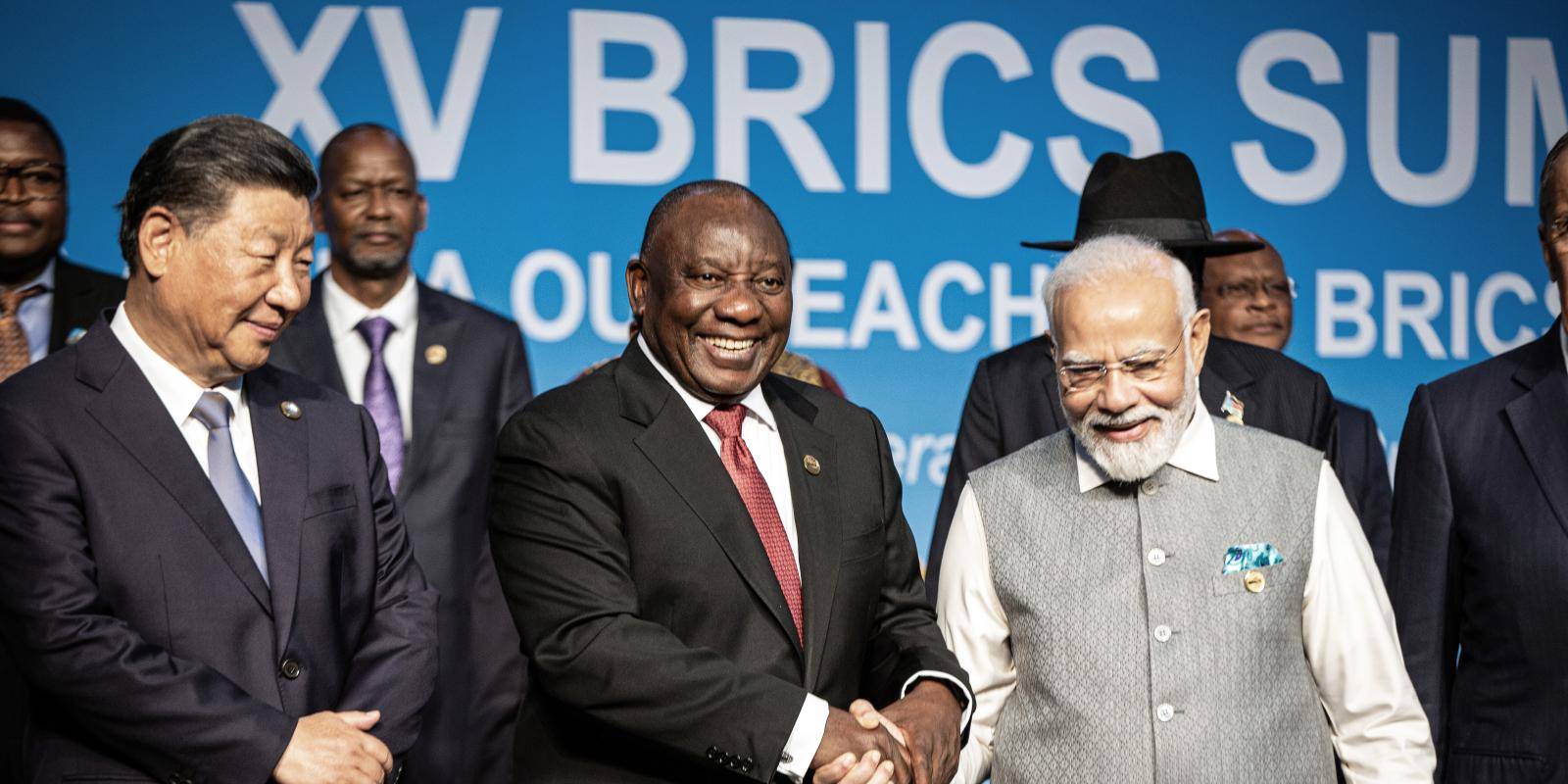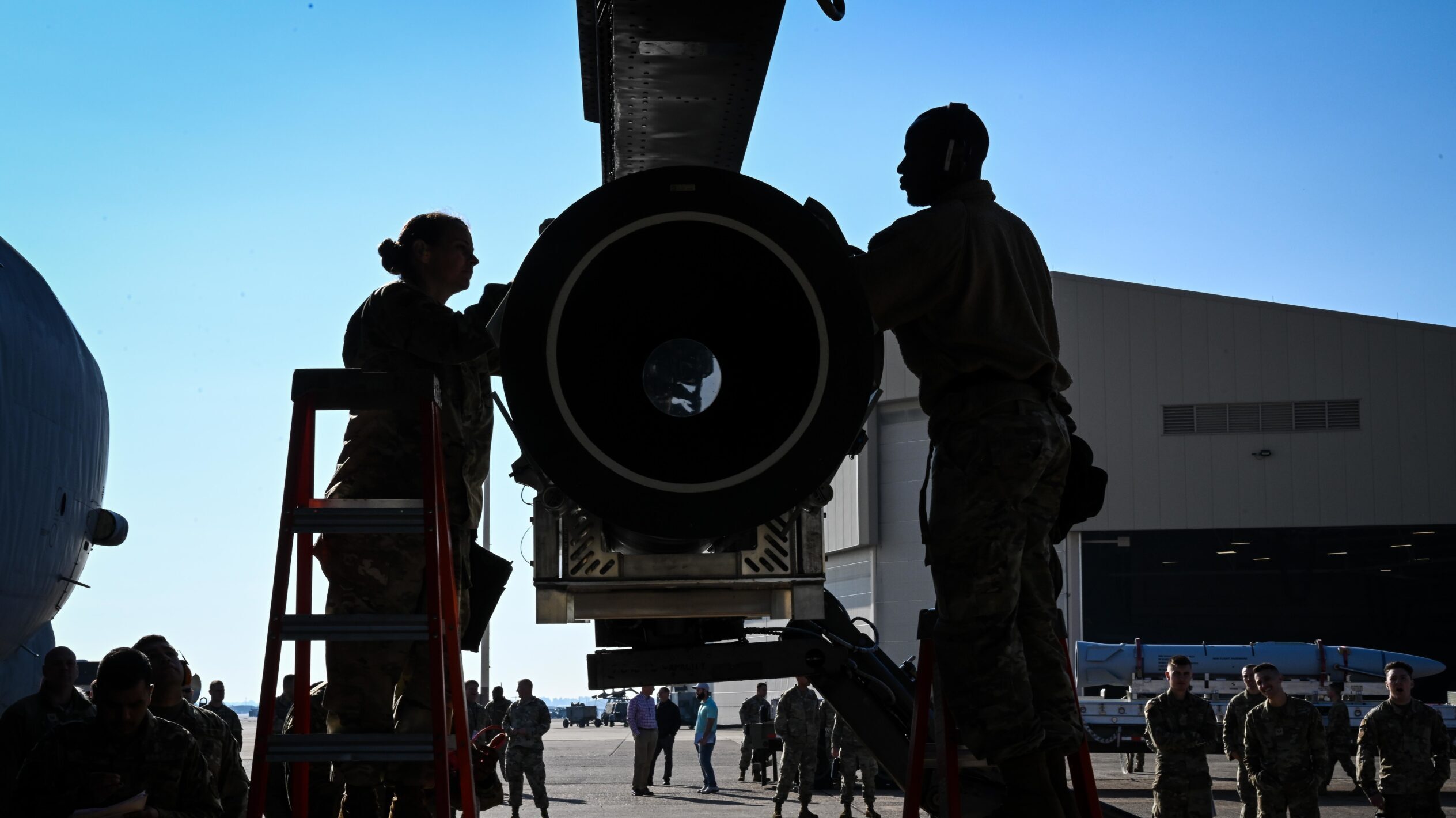Christopher Mott
When Russia invaded Ukraine in February of last year, Pakistani Prime Minister Imran Khan raised suspicions in Washington for his decision to maintain relations with the Kremlin. In a characteristically unsubtle move, Khan also visited Moscow shortly after the war began. He returned to Islamabad with a chip on his shoulder.
“What do you think of us? That we are your slaves and will do whatever you ask of us? We are friends of Russia and we are friends of the United States,” Khan told a crowd of his supporters. “We are friends of China and Europe, we are not part of any alliance.”
Little did Khan know that these words may have helped bring about the end of his political career. According to Pakistani diplomatic cables published by the Intercept, U.S. officials reacted to Khan’s stance on the war by subtly encouraging his opponents to remove him from power.
While it is doubtful that the United States was the sole or primary actor in the events that would land the prime minister in jail and lead to a military crackdown on the country’s political system (a state of affairs that remains in place today), the cables reveal that opponents of Khan were informed of U.S. anger over Khan’s statements on the Ukraine War and may have moved to oust him with the expectation of being rewarded with closer ties by Washington.
Most of the reactions to this breaking story have understandably focused on the Cold War-like aspect of what seems to be brazen interference in another country’s internal affairs. However, what is in danger of being overlooked is something more fundamental to how so many in D.C. conceptualize foreign policy as a whole.



